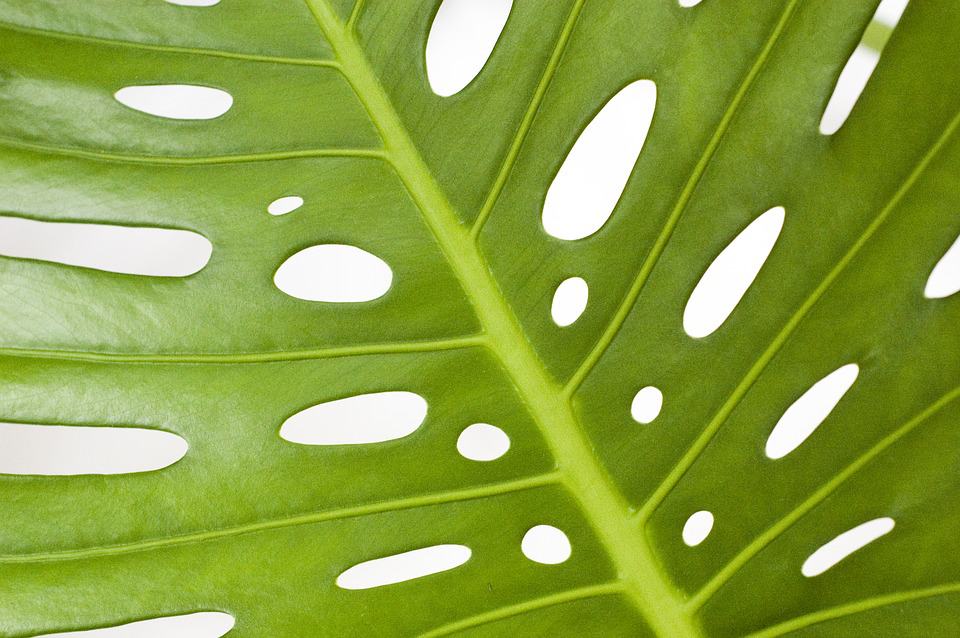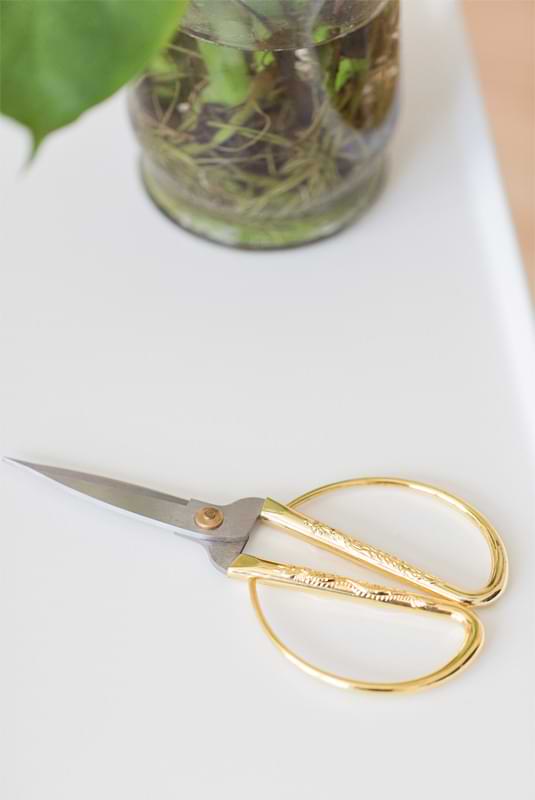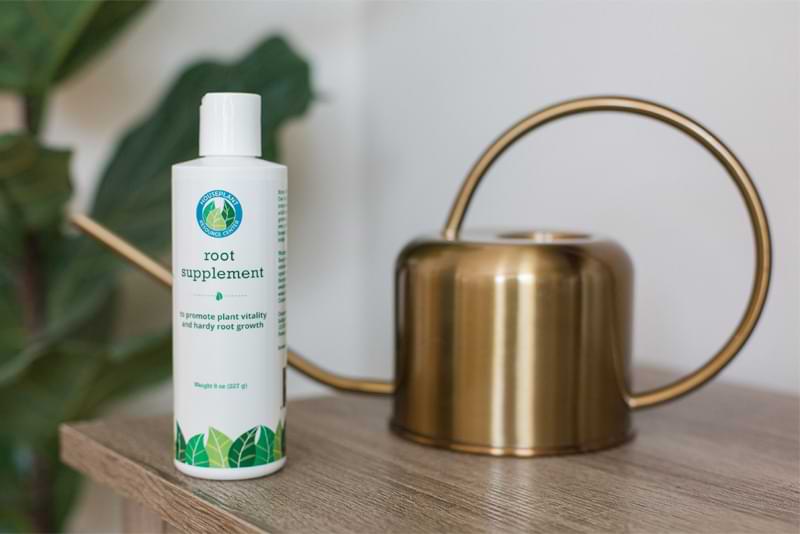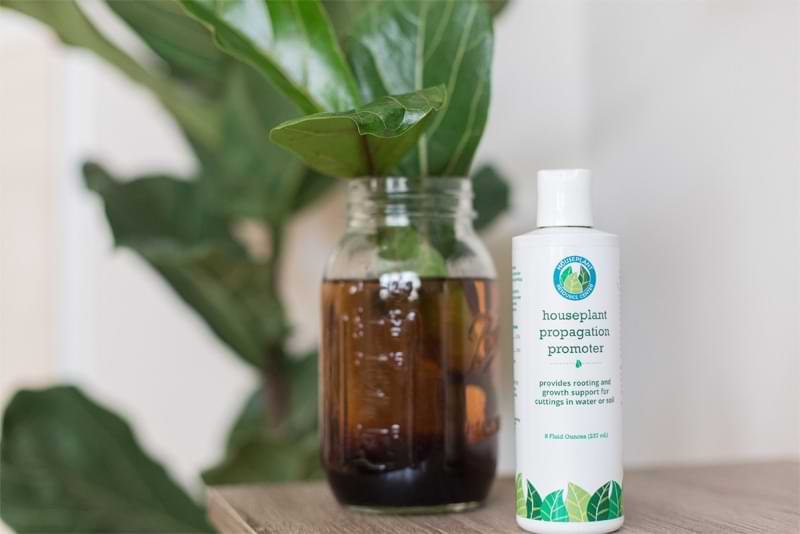How To Prune Your Monstera Plants The Right Way | Houseplant Care & Maintenance Tips
Knowing how to prune your Monstera plant ensures it stays healthy, vibrant, and beautiful all year long. Unpruned Monstera plants risk a variety of health issues, not to mention creating a messy and unkempt appearance. With my proper pruning techniques, you’ll be able to maintain a happy and thriving Monstera plant without causing any harm to yourself or the plant.
Why You Should Prune Monstera Plants

Dead or dying leaves on a Monstera do more than make it look neglected; they pose potential problems for the plant. These decaying leaves can draw in pests and diseases that spread quickly to other parts of your plant or nearby plants.
Unpruned Monstera plants are more likely to struggle with nutrient deficiencies and growth issues. Removing dead or damaged leaves allows the plant to focus its energy on new, healthy foliage.
Monstera plants, left unpruned, can become top-heavy and start to lean or topple over. Pruning helps maintain a balanced shape and prevents this from happening, ensuring a strong, sturdy, and aesthetically pleasing plant.
Finally, pruning encourages new growth and helps keep the plant at a manageable size. Monstera plants can quickly become large (up to 10 ft indoors or 30 ft outdoors) and take up a lot of space, so regular pruning is essential for keeping them within their designated area.
When to Prune Your Monstera Plants
It’s best to prune your Monstera plants during their growing season, typically from spring to early fall. This is when the plant has enough energy to heal and recover quickly from the cuts of sharp pruning shears.
But if you notice any dead or damaged leaves on your Monstera at any time of the year, removing them immediately is essential. This will prevent further damage and potential pest or disease infestations.
How to Prune Your Monstera Plant The Right Way
What You’ll Need
Sharp Pruning Shears
The thick growth of the Monstera plant requires sharp pruning shears to make clean cuts without crushing or tearing the stems. Dull shears can cause damage and stress to the plant, which may lead to further issues.
Try to look for a pair made from rust-resistant, stainless steel blades. This type of pruning shear will last longer and maintain its sharpness for more effortless pruning sessions. It will also be easier to handle among all the sap that a Monstera plant produces.
Gloves
If you have ever tried to prune your monstera plants without gloves, you’ve probably run into the plant’s sap. The plant produces a toxic white, milky, sticky substance that irritates the eyes, skin, and mouth. Using gloves will protect you from this sap, and you can easily wash them after the pruning session.
While any protective gloves will do, using ones specifically designed for gardening and made from thick, durable material is best. These will provide better protection against the plant’s irritating sap and potential mishaps with the pruning shears.
Root Supplement
After each cut, your Monstera will be left with an open wound susceptible to pests and diseases. To prevent this, you can apply a rooting hormone on the cut surface to encourage faster healing and root growth.
My favorite root supplement combines natural ingredients with essential macronutrients for optimal plant growth. It’s also non-toxic, making it safe to use around kids and pets.
Leaf Shine Wipes
Made from 100% cotton and containing gentle yet effective cleaning agents, houseplant leaf shine wipes are perfect for maintaining the glossy shine of Monstera plant leaves. You’ll need these for after you finish pruning so that you can wipe away any excess sap and dust, leaving your plant with a stunning shine.
Moreover, leaf shine wipes help create a barrier on the leaves, making them less prone to dust and dirt accumulation. This makes future cleaning sessions easier and reduces the risk of pests and diseases entering through the leaves or pruning wounds.
How To Prune Your Monstera Plant
Plan your cuts.
If you want to prune your Monstera without sending the plant into shock, you’ll need to plan your cuts carefully. Start by identifying any dead, damaged, or diseased leaves and remove them first. Then, take a step back and analyze the overall shape of your plant to determine which areas need more pruning.
Make clean cuts.
When you’re ready to start pruning, use sharp pruning shears to make clean cuts at an angle just above a node (where the leaf meets the stem). Avoid cutting too close to the node or leaving a long stub, as this can cause unnecessary stress on the plant. Additionally, cut at a 45-degree angle to promote new growth and prevent water from pooling on the cut surface.
Remove any aerial roots.
Monstera plants are known for their unique aerial roots that dangle from their stems. While these can be aesthetically pleasing, they can also become pests themselves if left uncontrolled. If you notice any aerial roots growing out of control or causing damage to other plants or structures, feel free to prune them as well.
Clean Up.
After you prune your Monstera plant, wipe down the leaves with a leaf shine wipe to remove any excess sap or dust. Additionally, clear away debris or dead leaves from the pot and surrounding area. You may also want to fortify the plant with leaf armor to help it stave off any pests or diseases that may try to enter through the pruning cuts.
How To Prune Your Monstera Plants for Propagation
If your pruning isn’t maintenance-related but rather a way to create new plants, you’ll want to take a slightly different approach to the process.
Most importantly, you’ll want to prune healthy rather than damaged or diseased leaves. Start by selecting a healthy stem with at least one node and two leaves. Then, make a clean cut right below the node using a sharp knife or pruning shears.
Place the cutting in water or moist soil and add a propagation promoter to ensure the process is successful. My favorite propagation promoter mixes easily with water, is fast-acting, and comes with a FREE guide that helps you grow healthy and thriving plants from any cutting.
Once roots have developed, you can transfer the new plant into a pot with soil and continue caring for it as you would any other Monstera plant.
Prune Your Monstera Plants The Right Way For Healthy Growth
Pruning is an essential aspect of Monstera plant care and helps promote healthy growth, prevent diseases and pest infestations, and create new plants for propagation. Just plan your cuts carefully, use sharp pruning shears, and clean up after each session to keep your Monstera looking its best. Happy growing!
Need access to the best houseplant accessories, care tips, and special offers? Subscribe to our newsletter and never miss an opportunity to improve your houseplant game.









